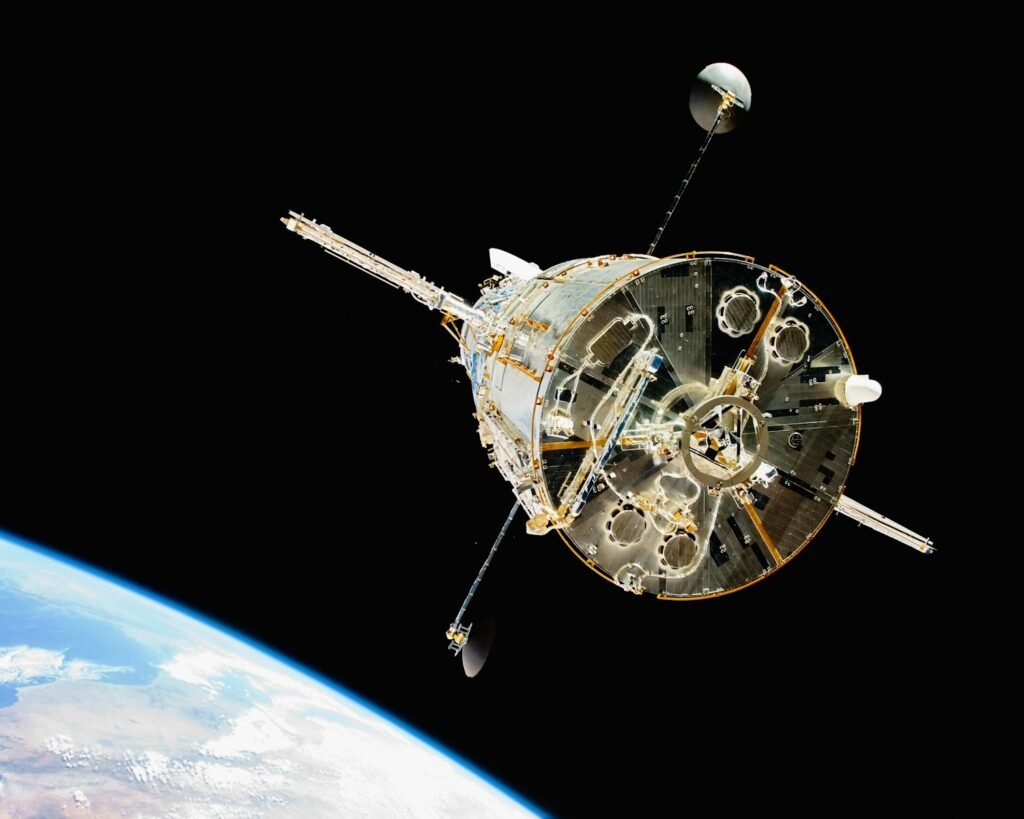Sometimes a single spectral line can upend an entire field. In a hypothetical future scenario, astronomers using the James Webb Space Telescope might report phosphine – an unexpected, chemically tricky gas – in the atmosphere of the ancient, metal‑poor brown dwarf Wolf 1130C. Such a finding would stun researchers because phosphine had stubbornly eluded detection in similar worlds, despite years of searching. What changed was Webb’s infrared vision and a peculiarity of this brown dwarf’s chemistry that cleared the fog for a clean detection, not a mirage. It’s the kind of result that forces a rewrite of the footnotes – and maybe a chapter – on how planets and failed stars cook their atmospheres.
The Hidden Clues

Here’s the twist that caught scientists off guard: Wolf 1130C seems to lack the usual amount of oxygen‑bearing molecules that crowd infrared spectra, so phosphine’s signature wasn’t drowned out by stronger neighbors. Webb’s spectrographs picked up those razor‑thin absorption features around four microns, the fingerprint region where phosphine stands out when competing gases step aside. Modelers then ran atmospheric retrievals and found the numbers made sense only if deep layers churned phosphine upward faster than chemistry could destroy it. In plain terms, this brown dwarf behaves like a cosmic lava lamp, mixing its gases so efficiently that rare species reach the surface.
Wolf 1130C reportedly sits about fifty‑four light‑years away in a triple system with a cool red star and a dense white dwarf, and it’s extremely old by galactic standards. That pedigree matters, because low metallicity and long lifetimes shape what molecules survive and where they hide. The upshot is a clean, quantitative detection – roughly about one hundred parts per billion – strong enough to test long‑standing theories instead of just hinting at them.
From Ancient Tools to Modern Science
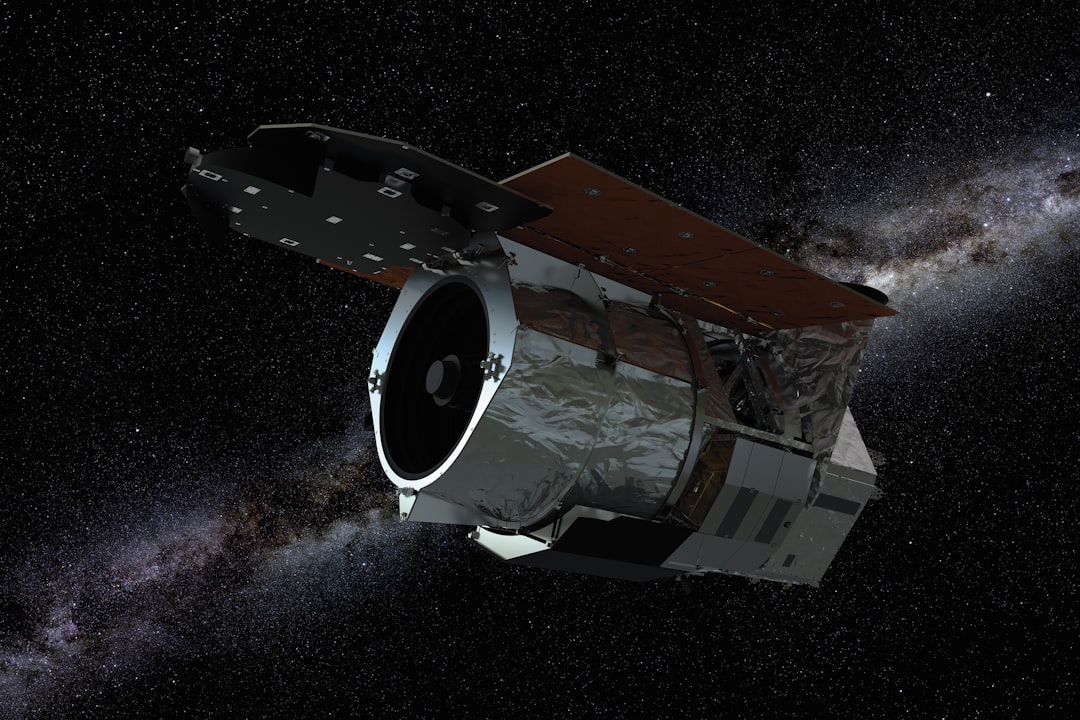
For decades, astronomers tried to spy phosphine with ground‑based telescopes and even Hubble, only to find the signal smothered by carbon dioxide and other absorbers. Webb changed the game by pushing deep into mid‑infrared wavelengths with extremely stable detectors and exquisitely calibrated instruments like NIRSpec. That stability turns what used to be spectral static into legible ink on a page. It’s the difference between trying to read a note through frosted glass and holding it under a desk lamp.
There’s also a cultural shift behind the scenes: teams now build laboratory line lists, run high‑fidelity chemistry models, and tie it all together with open, reproducible pipelines. I remember covering an early brown‑dwarf spectrum years ago and feeling like the data whispered more than it spoke; this time, Webb makes the atmosphere talk in full sentences.
The Chemistry Puzzle

Phosphine is a disequilibrium gas, meaning under calm, hot conditions it should burn away into more stable forms. To keep it around, you either need vigorous vertical mixing from deeper, cooler layers or unusual elemental ratios that tilt the chemistry. Wolf 1130C appears to have both: a metal‑poor atmosphere with less oxygen to lock phosphorus into oxides, and a conveyor belt of convection that ferries phosphine upward. That combo explains why other brown dwarfs – richer in heavy elements – show little to none of it.
There’s even a forensic angle tied to the system’s white dwarf companion. Over cosmic time, mass loss and ancient outbursts can seed environments with fresh elements, subtly reshaping chemistry in the outskirts. No single explanation stands alone yet, but the discovery finally gives chemists and dynamicists the same target to shoot at, with data precise enough to rule ideas in or out.
Why It Matters
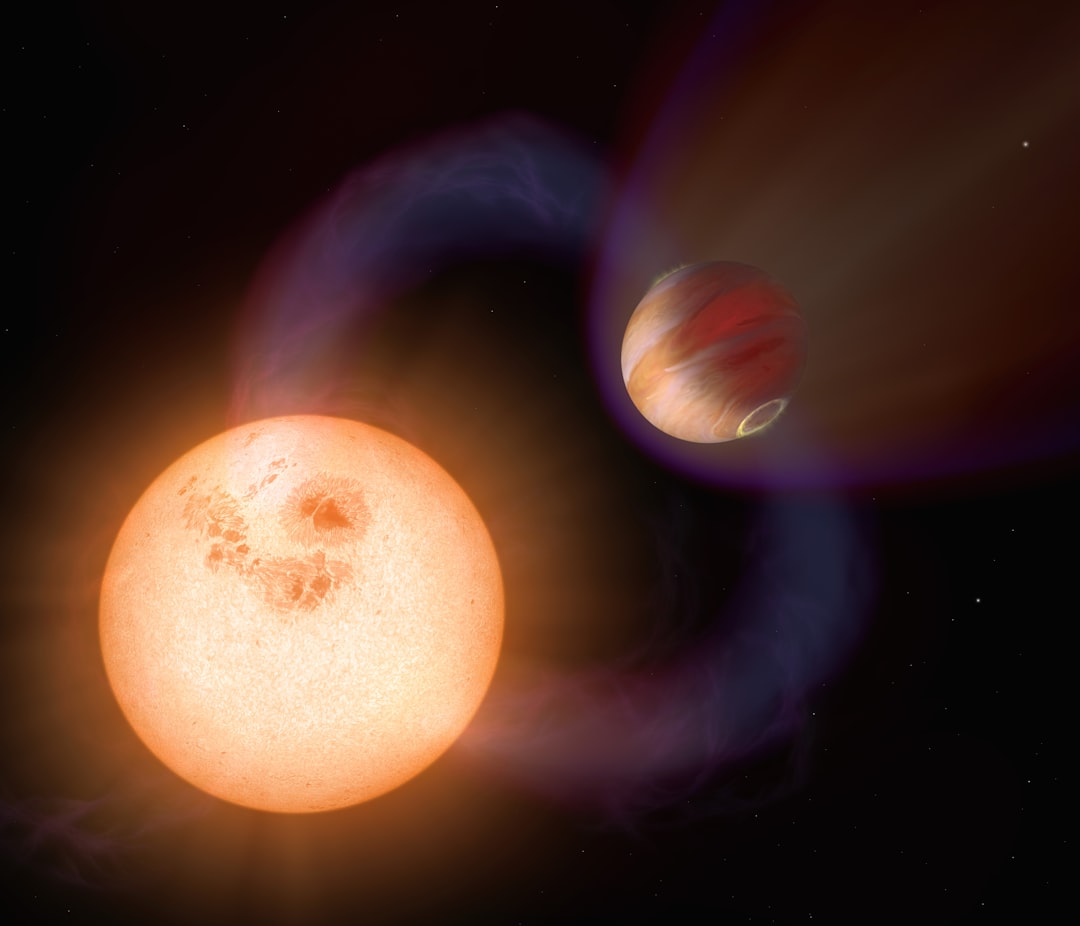
This result is a reality check for the way we interpret possible biosignatures. Phosphine on a rocky world might raise eyebrows, but now we know substellar atmospheres can make and preserve it under the right conditions – no biology required. That doesn’t make phosphine useless; it makes context non‑negotiable. Pairing molecules, measuring elemental ratios, and modeling vertical mixing are the new baseline, not optional extras.
It also tightens the screws on climate and weather models for gas giants and brown dwarfs. When a rare gas appears where theory said it shouldn’t, the usual suspects – mixing strength, metallicity, irradiation – must be re‑weighted. In practical terms, future exoplanet studies will need coordinated spectra across wavelengths so that no single molecule’s signal is mistaken for another’s shadow.
From Ancient Tools to Modern Science
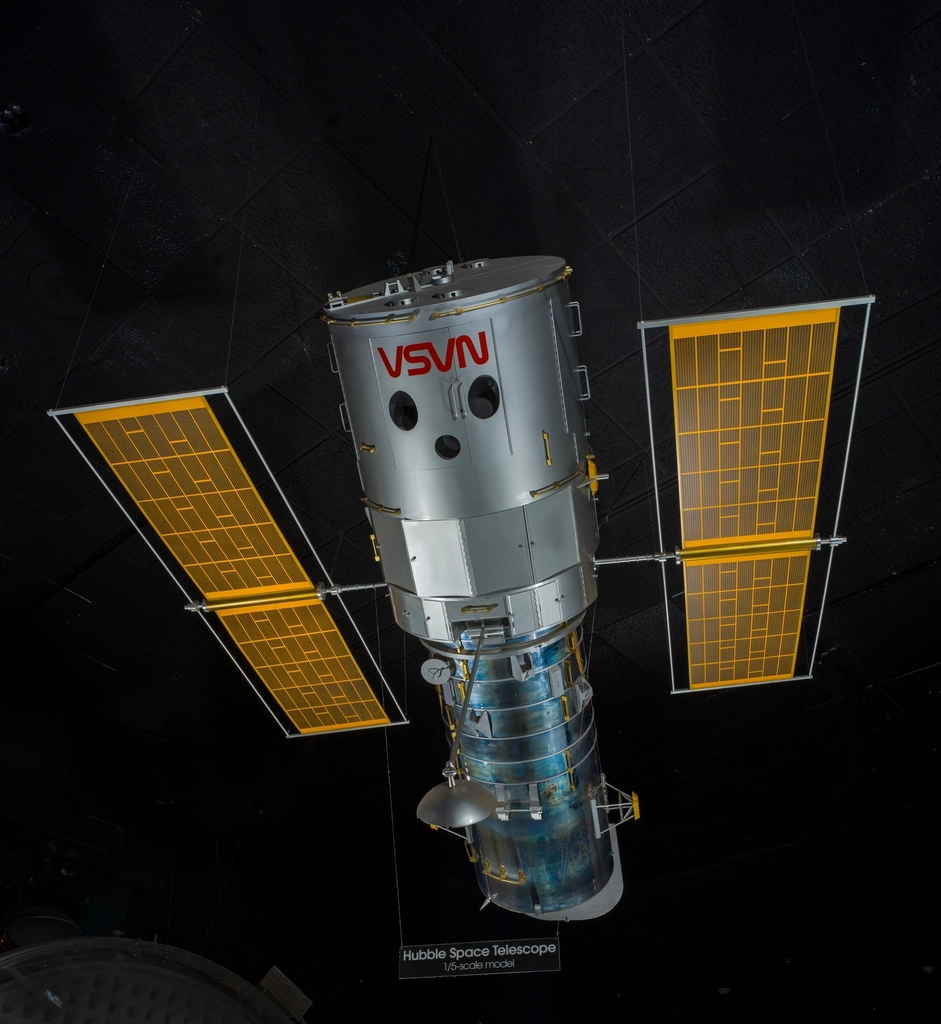
Webb’s phosphine detection didn’t happen in isolation; it rides a wave of technical shifts that feel almost archeological. Spectroscopy has evolved from etched glass plates and single lines to multi‑instrument datasets stitched across the infrared. Laboratory spectroscopists now measure or compute the tiniest line positions so modelers aren’t guessing where to look. Meanwhile, citizen scientists and archival hunters cross‑match catalogs to flag oddballs like Wolf 1130C before precious telescope time is even requested.
That pipeline – from candidate to confirmation – turned a vague, long‑standing prediction about phosphine into a crisp measurement with uncertainties you can actually use. It’s a reminder that “modern” astronomy is really a relay race between old ideas, new tools, and shared data.
Six Other Webb Revelations

Wolf 1130C may be the headline, but six recent Webb results frame the bigger picture. First, photochemistry took center stage when sulfur dioxide was mapped in the bloated exoplanet WASP‑39b, proving star‑light can sculpt alien skies in real time. Second, in a planet‑forming disk in Orion, Webb spotted the methyl cation – an ignition key for carbon chemistry – exactly where young worlds assemble. Third, the sub‑Neptune K2‑18 b showed methane and carbon dioxide in a hydrogen‑rich atmosphere, keeping the “ocean world” hypothesis on the table while demanding rigorous follow‑up.
Fourth, in our own backyard, Webb caught an ultrathin sheen of methane above the dwarf planet Makemake, hinting at a more restless Kuiper Belt than textbooks suggested. Fifth, astronomers watched a rogue, starless planet undergo a dramatic accretion burst, acting more like a baby star than a planet and blurring the line between the two. Sixth, a puzzling hyper‑red dot nicknamed for its ferocity may be either one of the earliest galaxies ever seen or a shockingly cold, distant brown dwarf – proof that Webb keeps finding objects that defy easy labels.
Global Perspectives
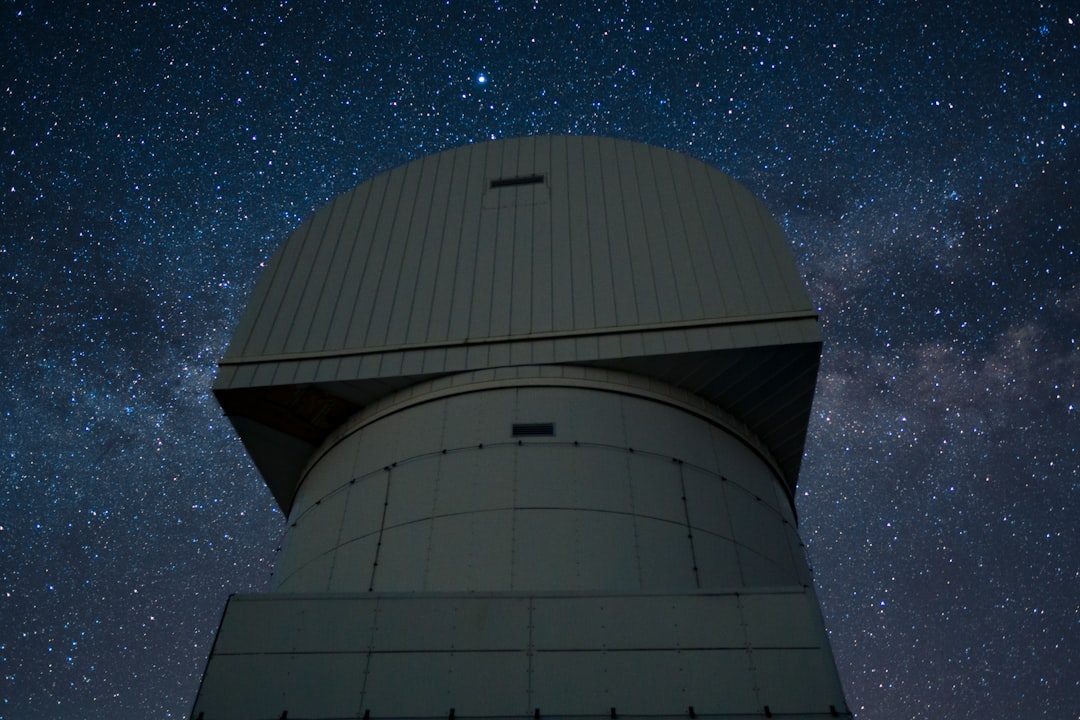
What would make such discoveries feel different in the future is how global the effort has become. European, Canadian, and U.S. teams share hardware heritage on Webb, but the science web reaches far wider, with data releases feeding classrooms and observatories in every time zone. The modeling backbone pulls from open‑source code written by students in one country and refined by postdocs in another. That decentralization accelerates checks and balances, which is crucial when the stakes include potential biosignatures.
There’s a practical benefit too: complementary facilities spread across Earth and orbit can pounce the moment Webb flags an anomaly. Radio arrays chase jets, ground‑based giants confirm lines at different resolutions, and small telescopes monitor variability so we know whether we’ve captured a snapshot or a trend. The crowd keeps everyone honest – and fast.
The Future Landscape
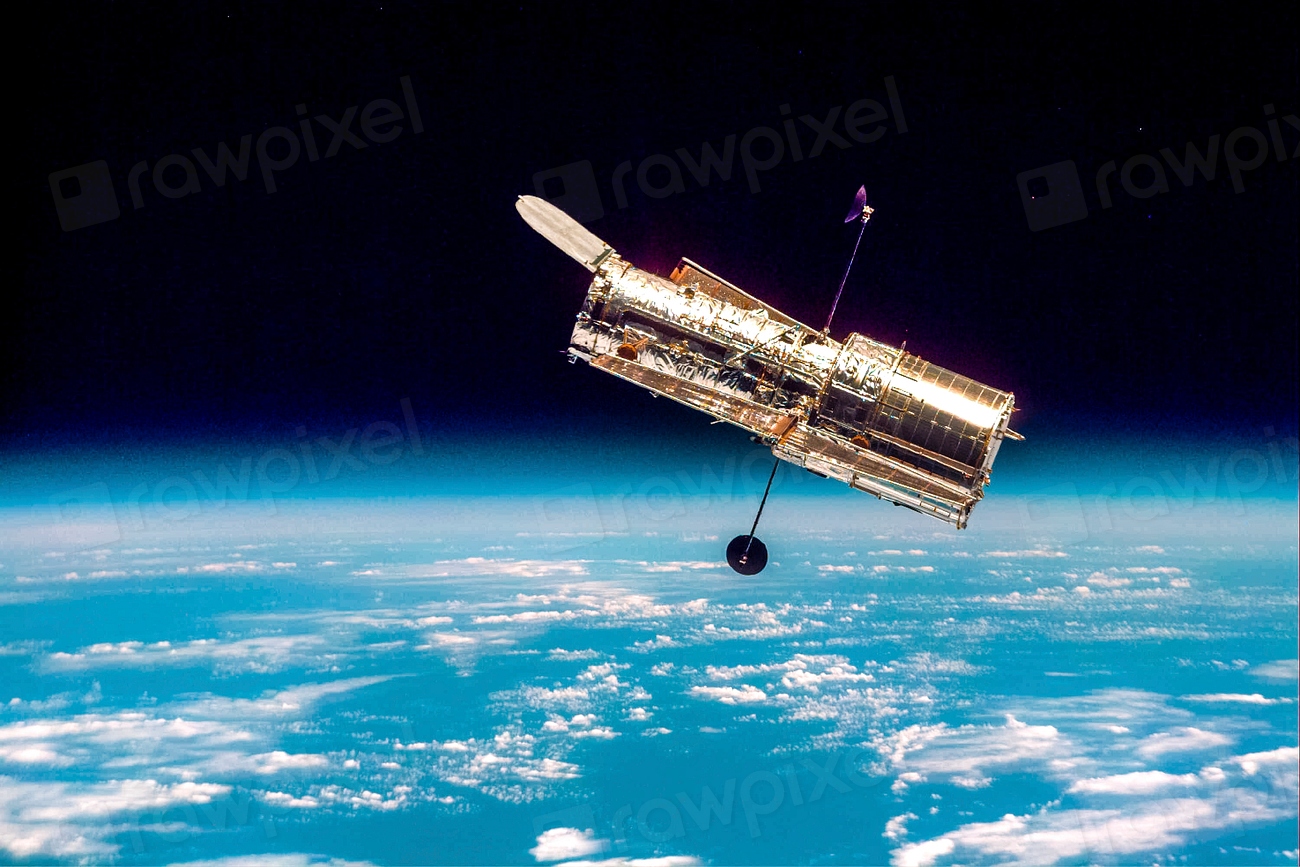
Next steps are refreshingly concrete. Teams will target other metal‑poor brown dwarfs to see whether phosphine appears on cue, and they’ll map Wolf 1130C across multiple wavelengths to catch companion molecules that either support or contradict the current models. Instrumental upgrades and new line lists for phosphorus‑bearing species will shrink uncertainties that still loom over retrievals. Meanwhile, ground‑based extremely large telescopes will test for variability – if phosphine ebbs and flows, that tells us about weather and vertical mixing.
On the horizon, mission concepts like the Habitable Worlds Observatory aim to span ultraviolet to mid‑infrared in one go, exactly what’s needed to cross‑check biosignature pairs. The challenge isn’t just instrumental; it’s statistical and cultural. We’ll need shared standards for declaring a detection, archived pipelines people can rerun, and the patience to fold null results into the story, not bury them.
How You Can Help
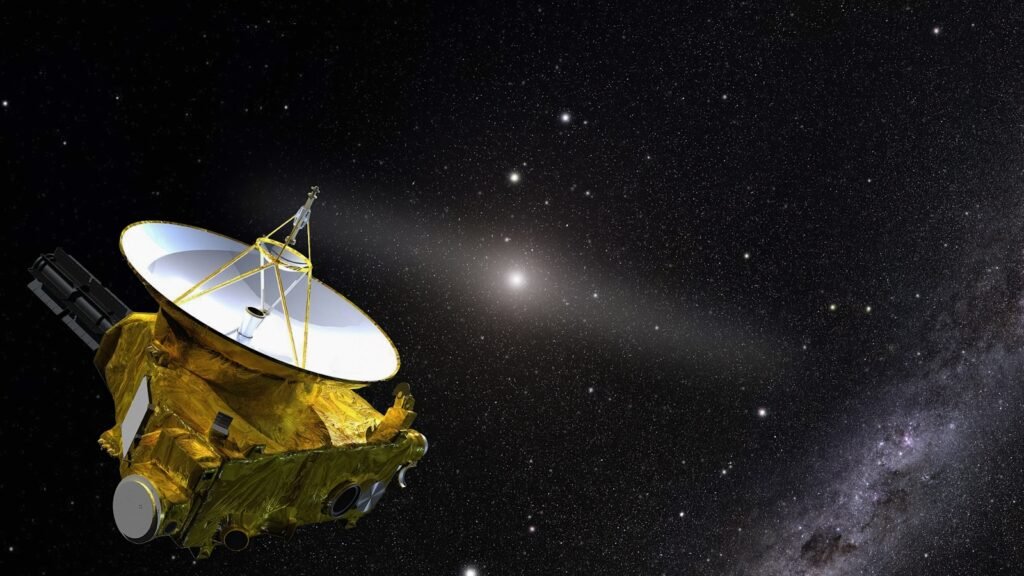
You don’t need a telescope to move this field forward. Support public data archives and citizen‑science projects that flag oddities for follow‑up, because today’s weird outlier often becomes tomorrow’s breakthrough. Encourage science literacy locally – school talks, library events, community stargazes – so the next generation can read a spectrum as easily as a weather map. If you donate, aim for programs that fund lab spectroscopy and open software, the quiet infrastructure behind every headline.
Most of all, stay curious and skeptical in equal measure. When a molecule shows up where it “shouldn’t,” that’s not a glitch; it’s an invitation to learn how nature actually works.

Suhail Ahmed is a passionate digital professional and nature enthusiast with over 8 years of experience in content strategy, SEO, web development, and digital operations. Alongside his freelance journey, Suhail actively contributes to nature and wildlife platforms like Discover Wildlife, where he channels his curiosity for the planet into engaging, educational storytelling.
With a strong background in managing digital ecosystems — from ecommerce stores and WordPress websites to social media and automation — Suhail merges technical precision with creative insight. His content reflects a rare balance: SEO-friendly yet deeply human, data-informed yet emotionally resonant.
Driven by a love for discovery and storytelling, Suhail believes in using digital platforms to amplify causes that matter — especially those protecting Earth’s biodiversity and inspiring sustainable living. Whether he’s managing online projects or crafting wildlife content, his goal remains the same: to inform, inspire, and leave a positive digital footprint.

